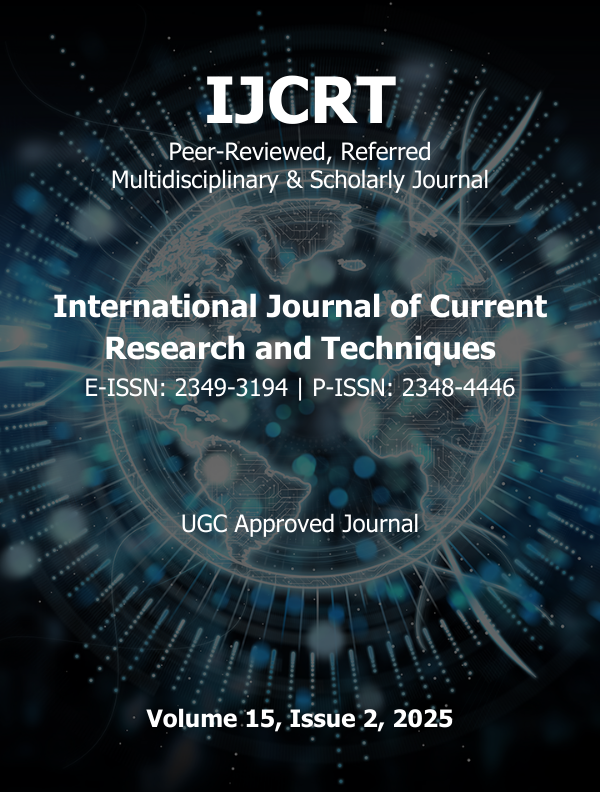Published 2025-03-31
Keywords
- Mutual Funds,
- Exchange-Traded Funds,
- Investment
How to Cite
Copyright (c) 2025 IJCRT Research Journal | UGC Approved and UGC Care Journal | Scopus Indexed Journal Norms

This work is licensed under a Creative Commons Attribution 4.0 International License.
Abstract
Mutual funds and exchange-traded funds (ETFs) are two of the most popular investment vehicles that offer diversification, liquidity, and the potential for growth to individual investors. Despite their similarities, these two types of funds differ in several key aspects, such as pricing, management style, and cost structures. This research paper delves into the characteristics, advantages, and disadvantages of mutual funds and ETFs, providing a comprehensive analysis of how these investment vehicles work, their role in portfolio diversification, and their suitability for different types of investors. The study compares mutual funds and ETFs based on several factors, including cost efficiency, tax efficiency, liquidity, and performance, providing investors with insights into which vehicle may be best suited for their specific investment goals and risk profiles.

